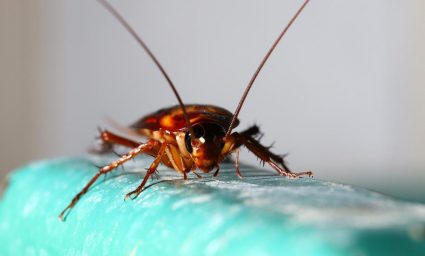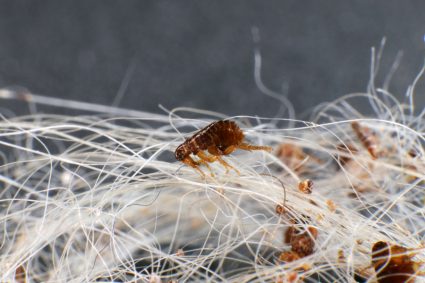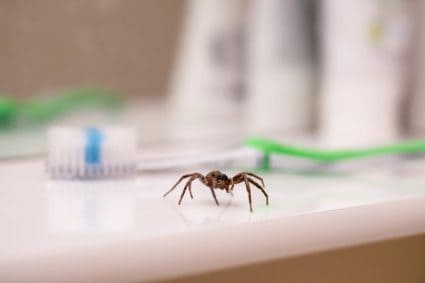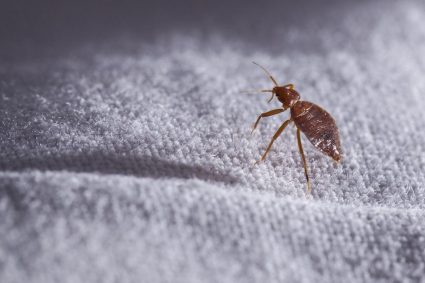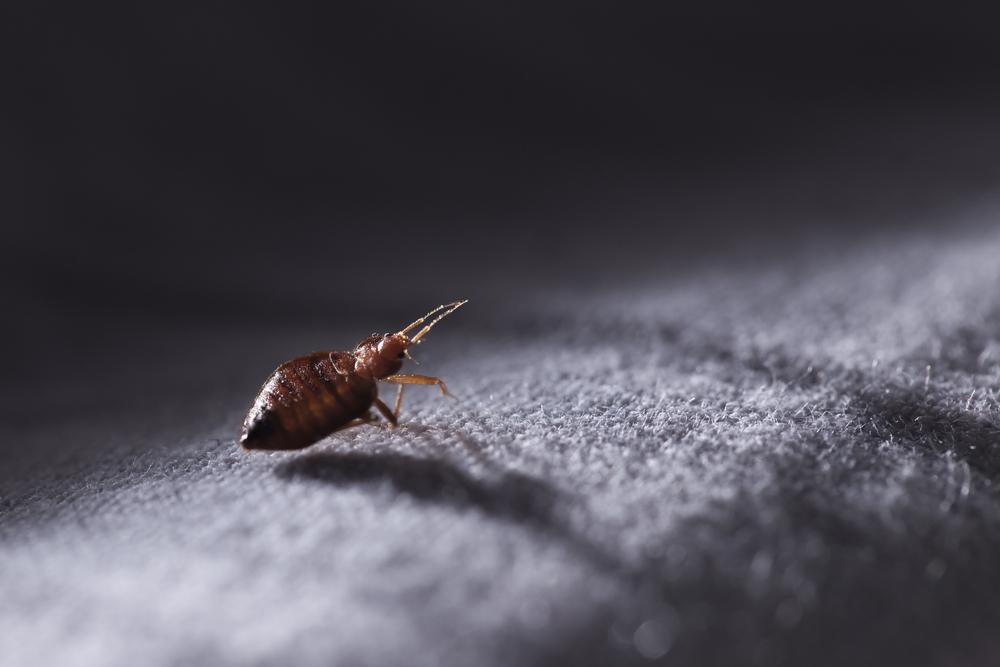
Bed bugs, the nocturnal bloodsuckers, are notorious hitchhikers. They can easily infest your home, giving you sleepless nights and itchy bites. But how easy is it to catch bed bugs? Let’s find out.
Yes, it is relatively easy to catch bed bugs. They are often transported as people travel, hiding in luggage, folded clothes, bedding, and furniture. They can also infest your home through secondhand furniture and clothing, public places, multi-unit buildings, and personal items. However, with proper preventive measures and treatment strategies, you can effectively manage and eliminate a bed bug infestation.
What are Bed Bugs?
Bed bugs are insects from the genus Cimex that feed on human blood, usually at night. They are primarily of two species: Cimex lectularius (the common bed bug) and Cimex hemipterus, found primarily in the tropics. Their size ranges between 1 and 7 mm, and they are found in all regions of the globe. Bed bugs spend much of their time in dark, hidden locations like mattress seams, or cracks in a wall. They can also be found in luggage, vehicle interiors, furniture, bedside clutter—even inside electrical sockets or laptop computers.
Identifying a Bed Bug Infestation
The first sign of a bed bug infestation may be small, itchy bites on your skin, often on your arms or shoulders. Bedbugs tend to leave clusters of bites rather than single bites here and there. Other signs include blood spots on your sheets or mattress, tiny pale yellow eggs or eggshells, bedbug poop, which are black dots about the size of a period, and the bedbugs’ shed skin.
If you suspect you may have bedbugs, inspect your mattress and bed carefully, especially in the crevices. Bedbugs like to hide in these areas, where they have easy access to people to bite.
Transmission of Bed Bugs
Bed bugs are usually transported as people travel, hiding in the seams and folds of luggage, overnight bags, folded clothes, bedding, furniture, and anywhere else they can hide. They can also move from one site to the next by traveling on luggage, clothing, bedding, boxes, and furniture. They are prevalent anywhere that has a high rate of overnight guests, including universities and hospitals.
Common Ways to Catch Bed Bugs
Here are the most common ways you can catch bed bugs:
- Travel
- Secondhand Furniture and Clothing
- Public Places
- Multi-unit Buildings
- Personal Items
Prevention of Bed Bug Infestations
Preventing bed bugs from entering your home involves several steps:
- Inspect Secondhand Furniture
- Use Protective Covers
- Reduce Clutter
- Regular Vacuuming
- Shared Laundry Facilities
- Seal Cracks and Crevices
- Travel Precautions
- Professional Help
Treating a Bed Bug Infestation
Effectively treating a bed bug infestation involves a combination of non-chemical and chemical methods:
- Identify the problem
- Develop a plan
- Contain the infestation
- Prepare for treatment
- Non-chemical methods
- Chemical treatments
- Monitor and follow up
- Evaluate and prevent
- Professional help
Remember that treating bed bugs can be a complex process and may take weeks to months, depending on the extent of the infestation.
In conclusion, it’s fairly easy to catch bed bugs, especially if you travel frequently or live in a multi-unit building. However, with the right preventive measures and treatment strategies, you can effectively manage and eliminate a bed bug infestation.
Frequently Asked Questions
How long does it take for bed bugs to breed?
Bed bugs have a fairly rapid reproduction rate. An adult female bed bug can lay up to five eggs a day and may lay 200 to 500 eggs in her lifetime. The eggs hatch in about 6 to 10 days.
Can bed bugs spread diseases?
According to the Centers for Disease Control and Prevention (CDC), bed bugs do not spread disease. Their bites can be itchy and cause an allergic reaction in some people, but they are not known to transmit any diseases to humans.
Can bed bugs survive in cold weather?
Bed bugs can survive in a wide range of temperatures, but they are not likely to survive in extremely cold conditions. Prolonged exposure to temperatures below 0°F (-18°C) can kill bed bugs.
Can bed bugs infest places other than beds?
Yes, bed bugs can infest any area where they can find a host to feed on. This includes sofas, chairs, carpets, and even in some electronic devices. They are not limited to beds.
Are there any natural ways to get rid of bed bugs?
While professional pest control services are the most effective way to get rid of bed bugs, there are some natural methods that can help. These include using essential oils like tea tree oil, using diatomaceous earth, and washing infested items in hot water. However, these methods may not fully eradicate an infestation.

